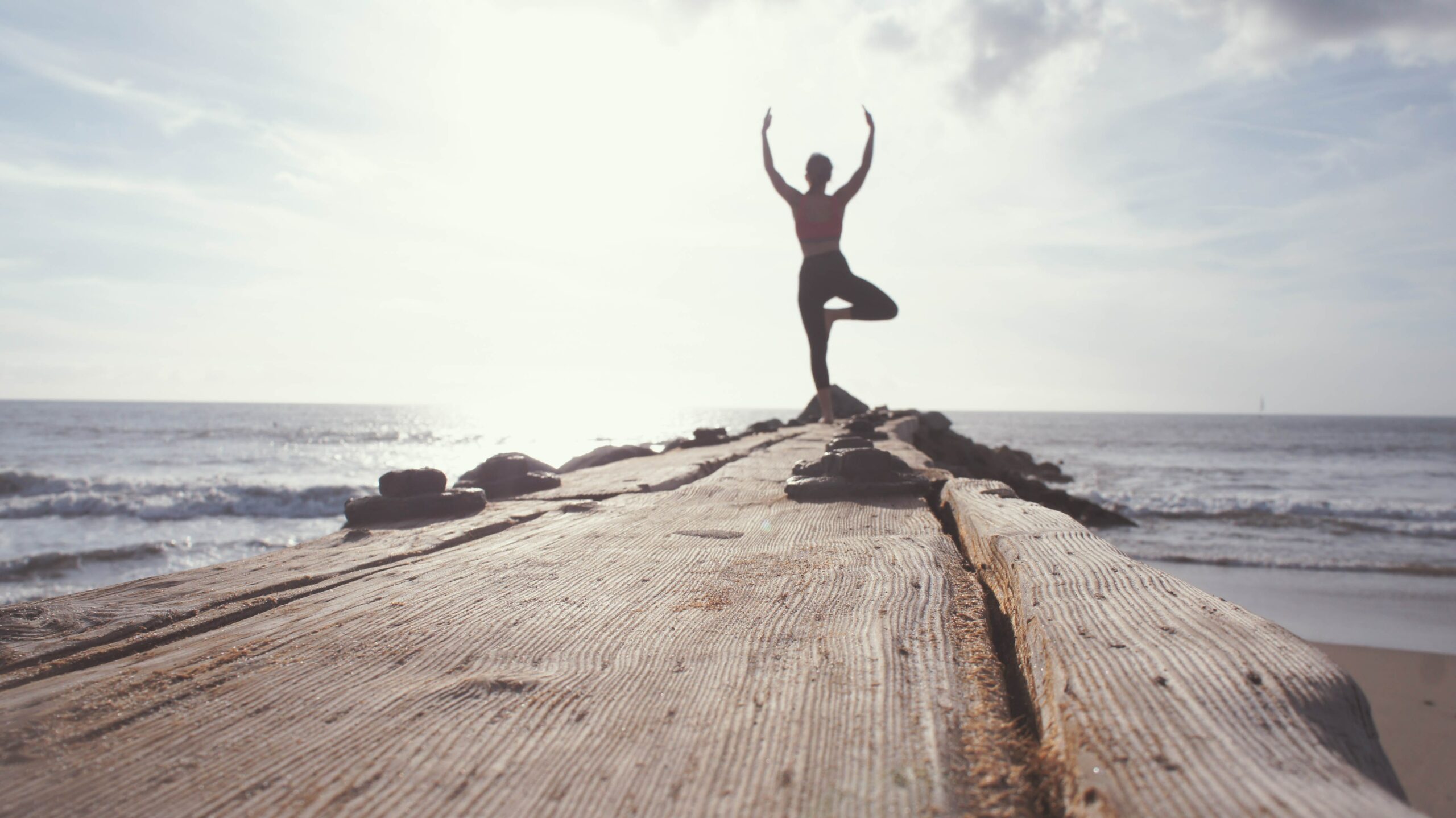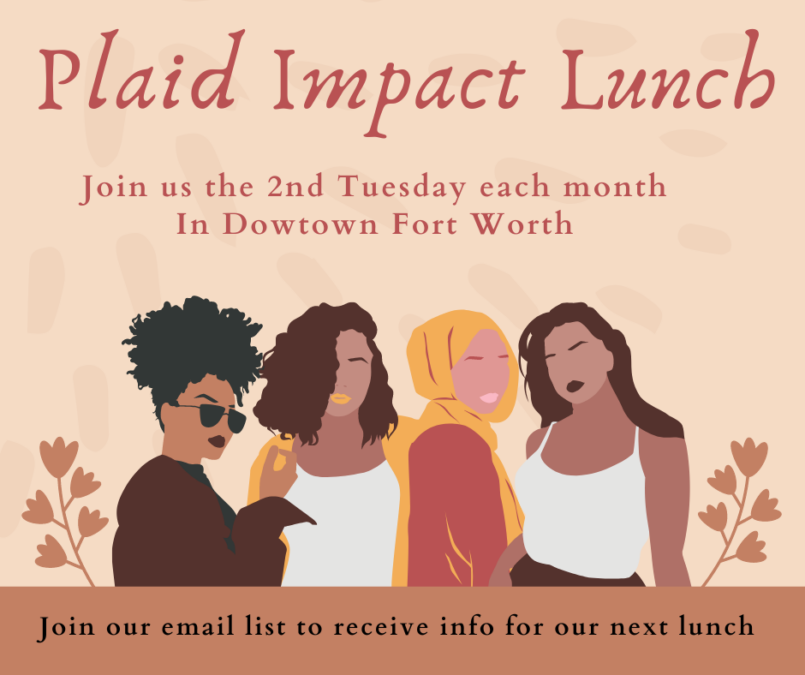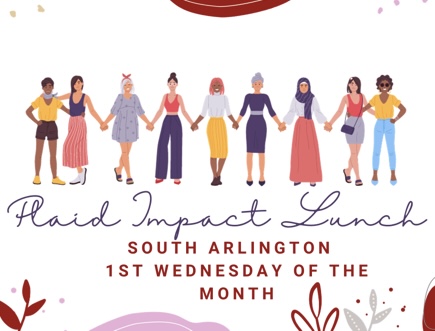Legos are the best. When my boys were young, we had legos everywhere. My favorite thing to do with them was build houses, airplanes, tractors, people, castles, dinosaurs, star wars fighters. It’s so fascinating to connect little, tiny, unadorned shapes into something larger and more significant. I experienced a big loss the day we stopped playing with legos. Humans have a built-in need for connection. We’re like nondescript rectangles that come together in fascinating and impressive ways when we make connections.
Brene Brown, a researcher from the University of Houston, says that disengagement is the chief issue underlying the majority of problems in families, teams, and organizations. We disengage to protect ourselves and we also disengage because we are disappointed in others. This desire to protect ourselves from other’s judgement typically pushes us to pretend we are near perfect. Authenticity sounds dangerous, so we cover up who we really are. Even though most of us would love to wave a white flag and cry, “I need help” or “This isn’t working;” instead, we smile and say, “I’ve got this.”
Two fairly unpleasant examples of this disengagement due to disappointment are politics and religion. Politicians are making laws that they are not obligated to follow. They speak of values that are seldom on display in their behavior. Likewise, when religious leaders prey on our fear and need for certainty by creating a system that requires us to conform or face repercussion, the entire concept of faith is lacking. Faith minus connection equates to extremism. “Connection and engagement is not built on compliance, it’s the product of love, belonging, and vulnerability,” Brene Brown in Daring Greatly.
We are not purposely creating cultures of disengagement. However, we might not be intentionally building cultures of connection either. According to Brown, we shape a culture of connection by embracing our vulnerabilities. “Embracing our vulnerabilities is risky but not nearly as dangerous as giving up on love and belonging and joy—the experiences that make us the most vulnerable.”
What if people came together with their masks off and shared their struggles?
What if we could create a culture where we show up and aren’t afraid to be seen — just us, the real deal, not the fake, pretending, perfect, show-to-the-world us. If you don’t have that community, maybe it’s time for you to create it. Start by choosing to show up and be real, be honest, let your true self be seen. Then create connections with others by seeing, hearing, and valuing them, just as they are. The problem most of us face is that we want others to be vulnerable with us but vulnerability is the last thing we plan on showing them. Vulnerability is basically uncertainty, risk, and emotional exposure, no wonder we don’t like it. Humans are designed for connection. That means cultivating connection is a necessary part of our own health.











